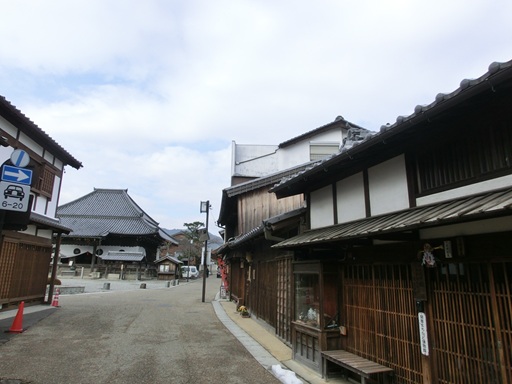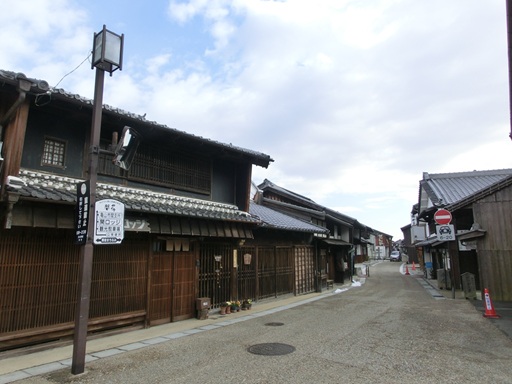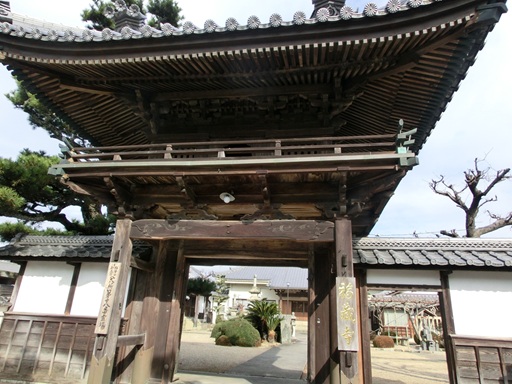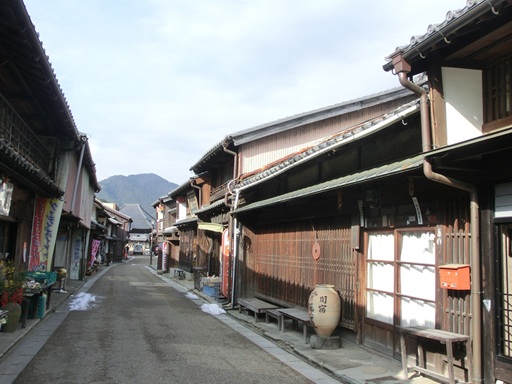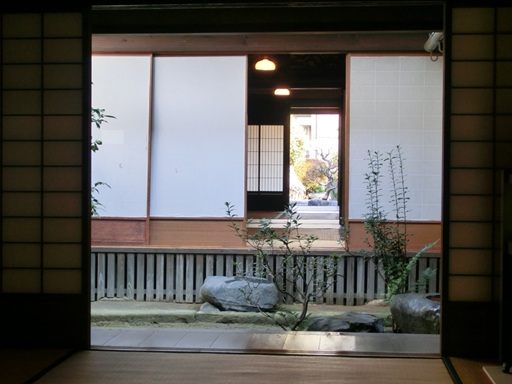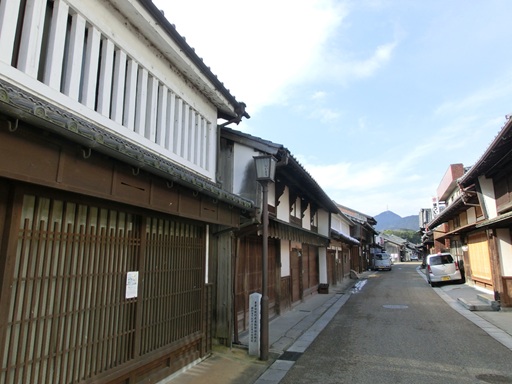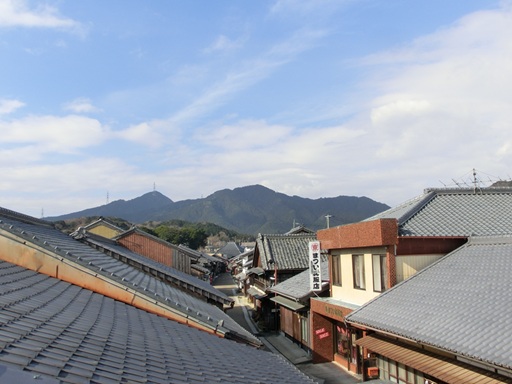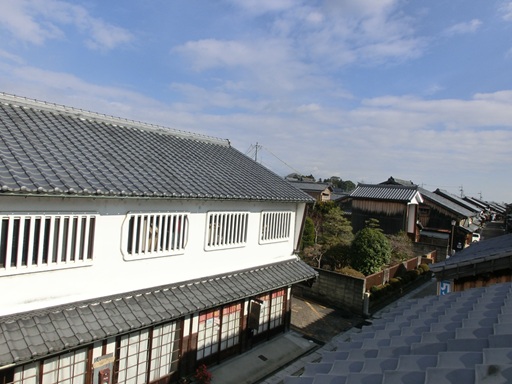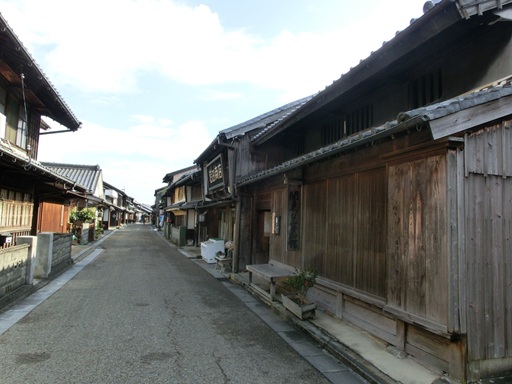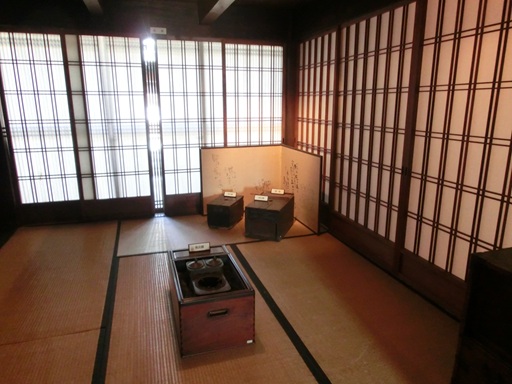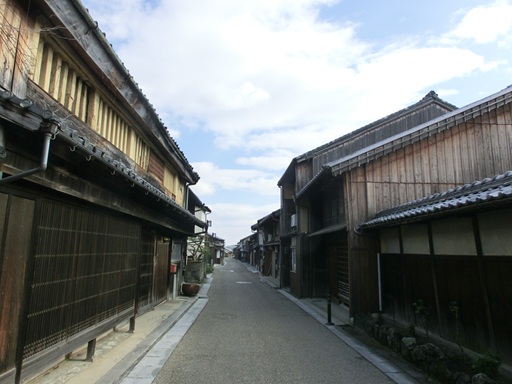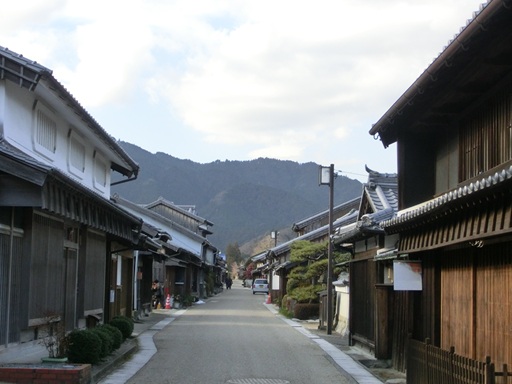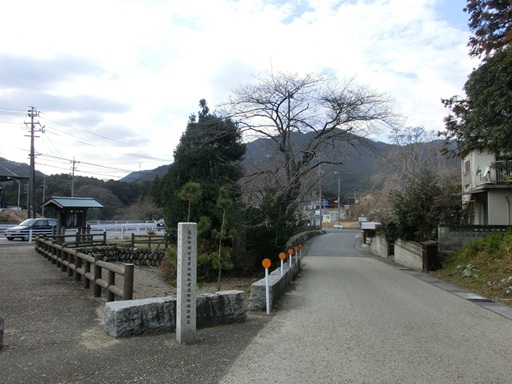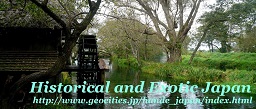|
Seki Post Town in Mie Prefecture

Seki, located in the middle of Mie Prefecture, is the 47th post town on the old Tokaido Road out of 53 post towns. The old Tokaido Road connected between Edo, the present-day Tokyo, and Kyoto. The old Tokaido Road run east-west about 500 meters north of Seki Station on the Kansai Main Line, and old settlements line both sides of the road for a total distance of 1.8km. To the west of Seki is Suzuka Barrier, which was counted as one of the three great barriers of Japan since ancient times, and the name Seki comes from Suzuka Barrier. National Route 1, which was built along the old Tokaido road, bypassed the Seki downtown, so the townscape of Seki was preserved. More than 200 old buildings remain. In 1984, the area was designated an Conservation District of Traditional Buildings. If you walk from Seki Station to the northwest, you will arrive at Jizoin Temple. 
Jizoin Temple in Seki was founded in 741 by GYOKI (668 - 749), a monk from Todaiji Temple in Nara, to protect people from smallpox. It is said to be the oldest Jizoin temple in Japan.Jizoin Temple is located almost in the middle of Seki downtown on the old Tokaido Road. From Jizoin Temple, I headed east through Seki Post Town. Old buildings line both sides of the old Tokaido road. The area east of Jizoin Temple is named Nakamachi. |
